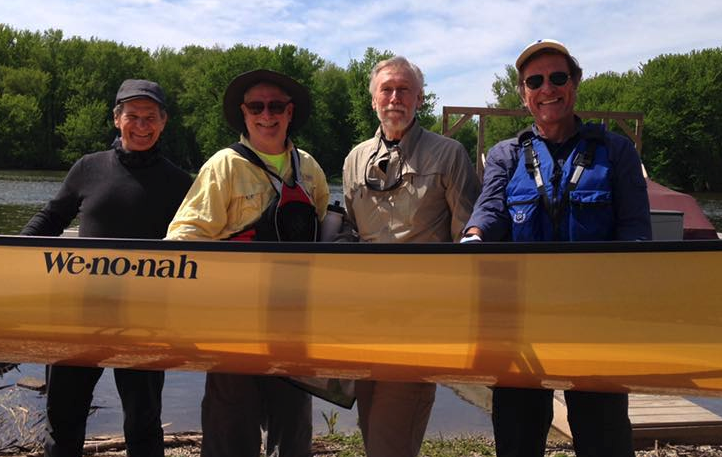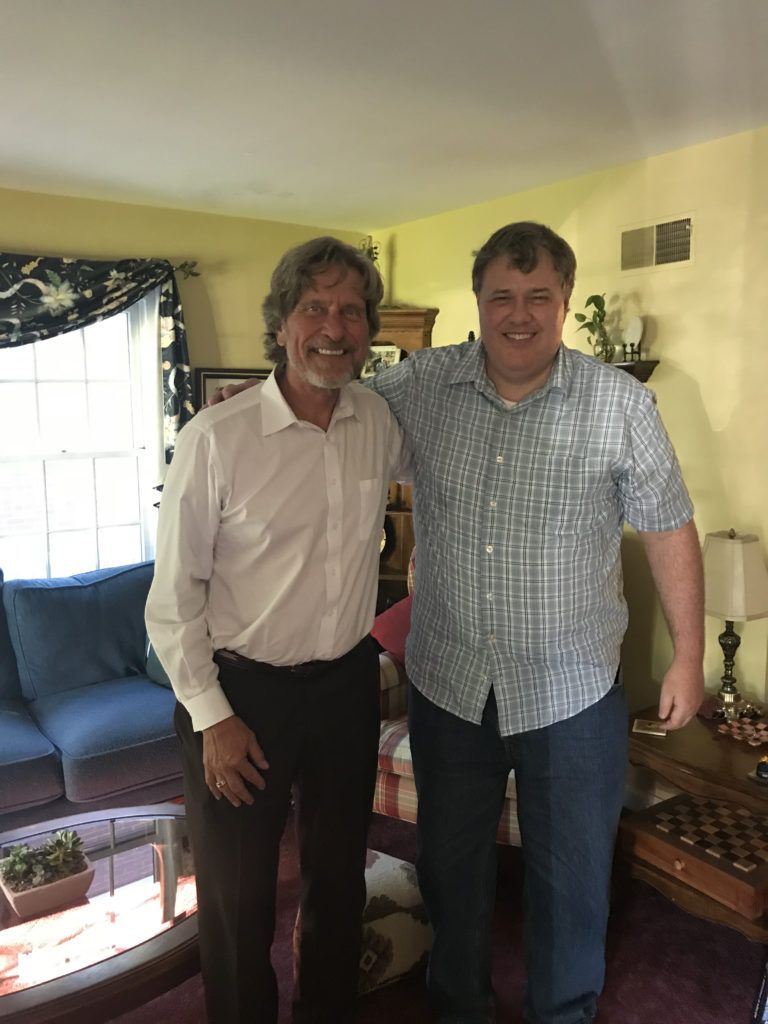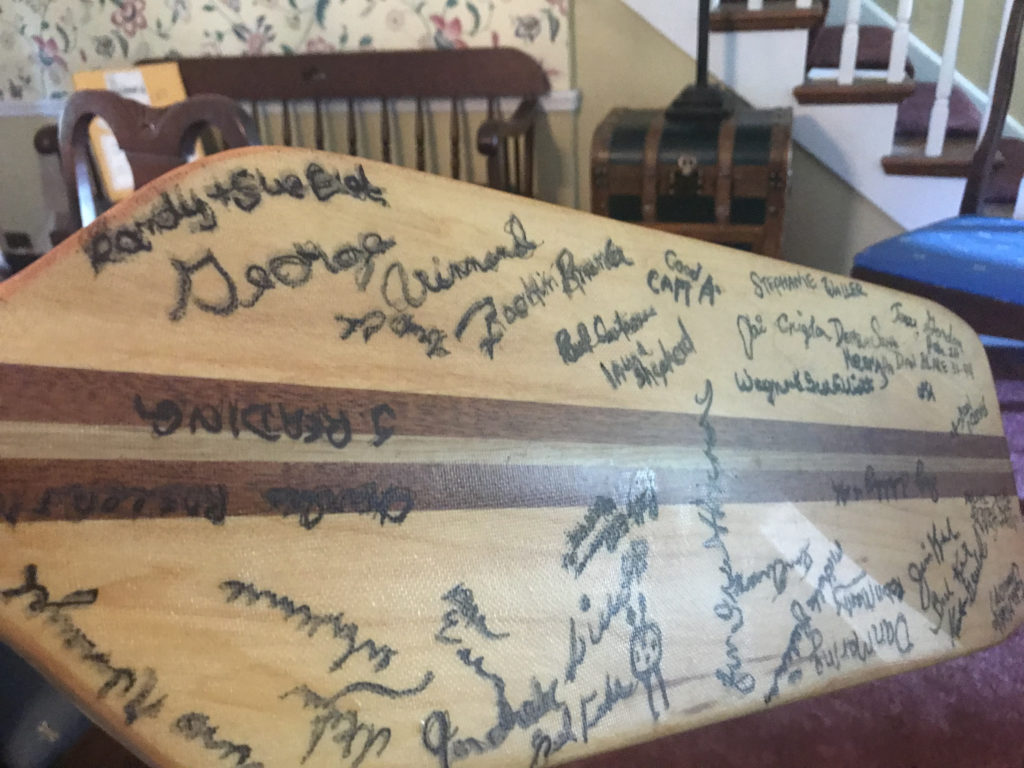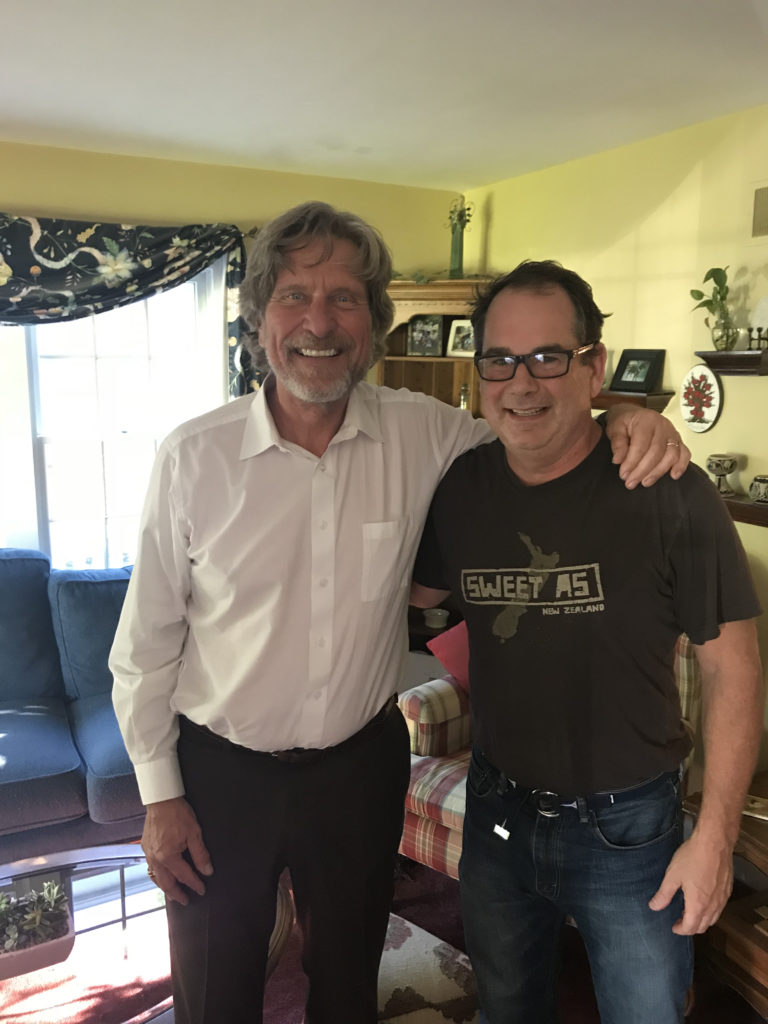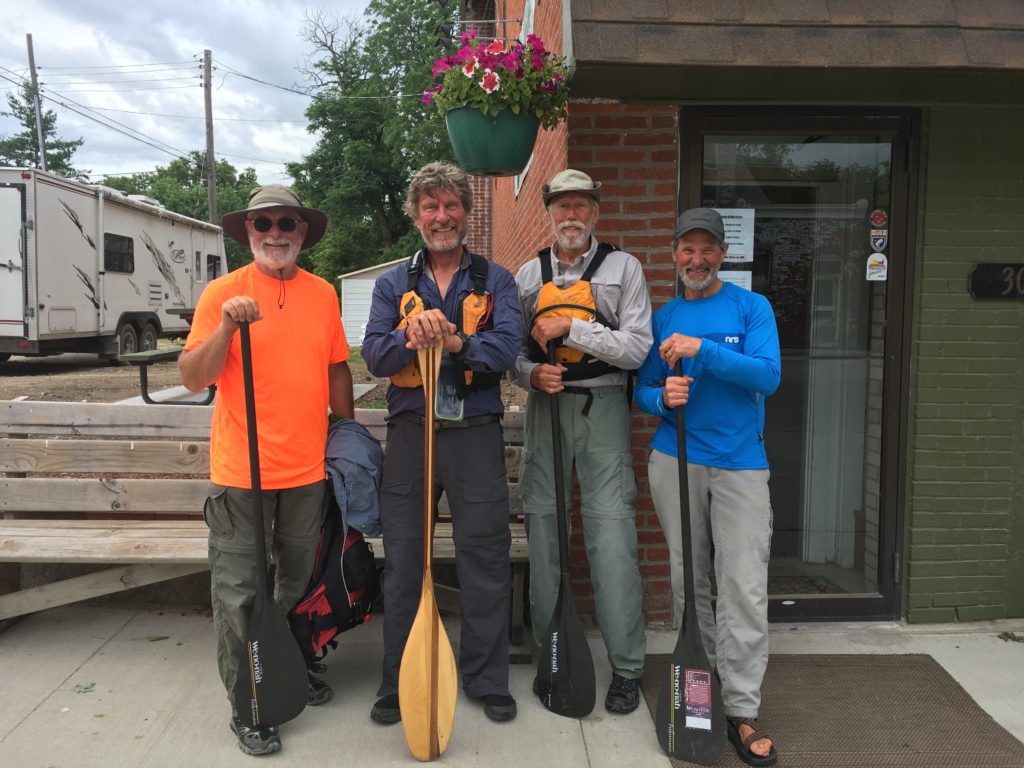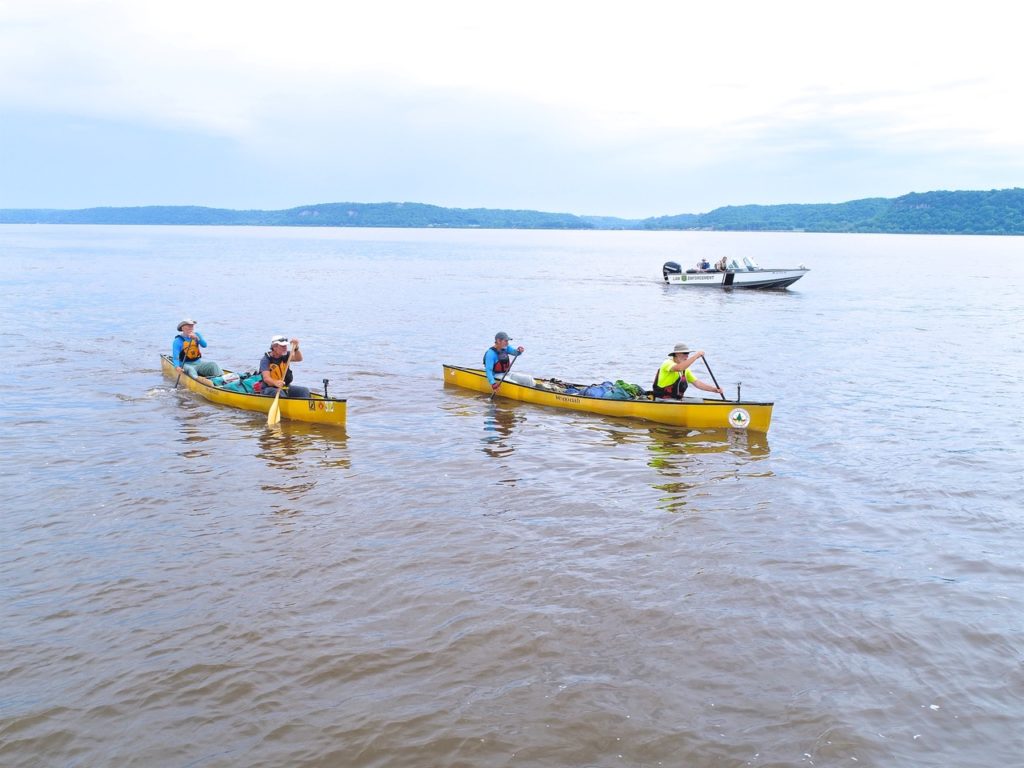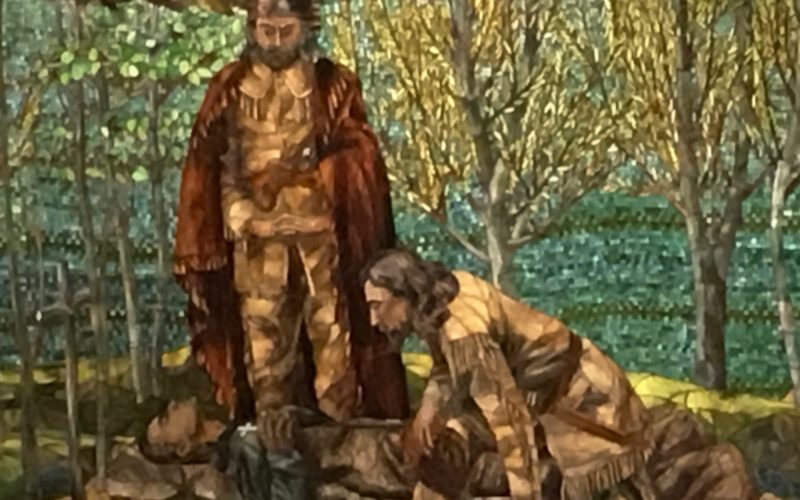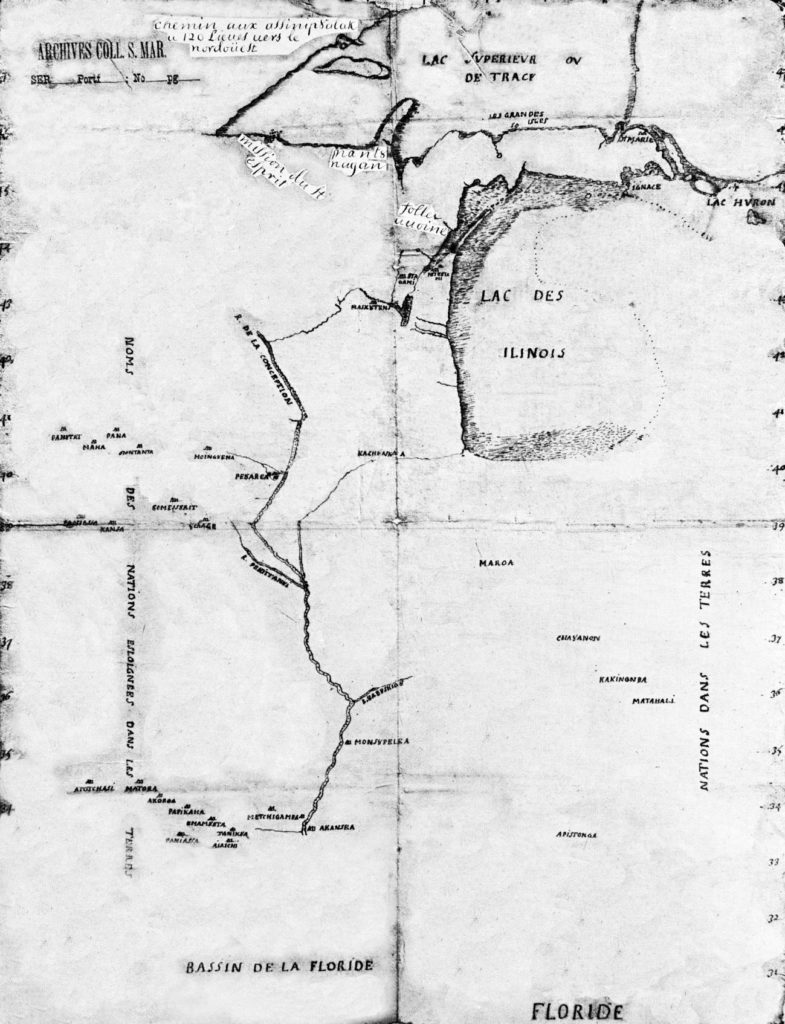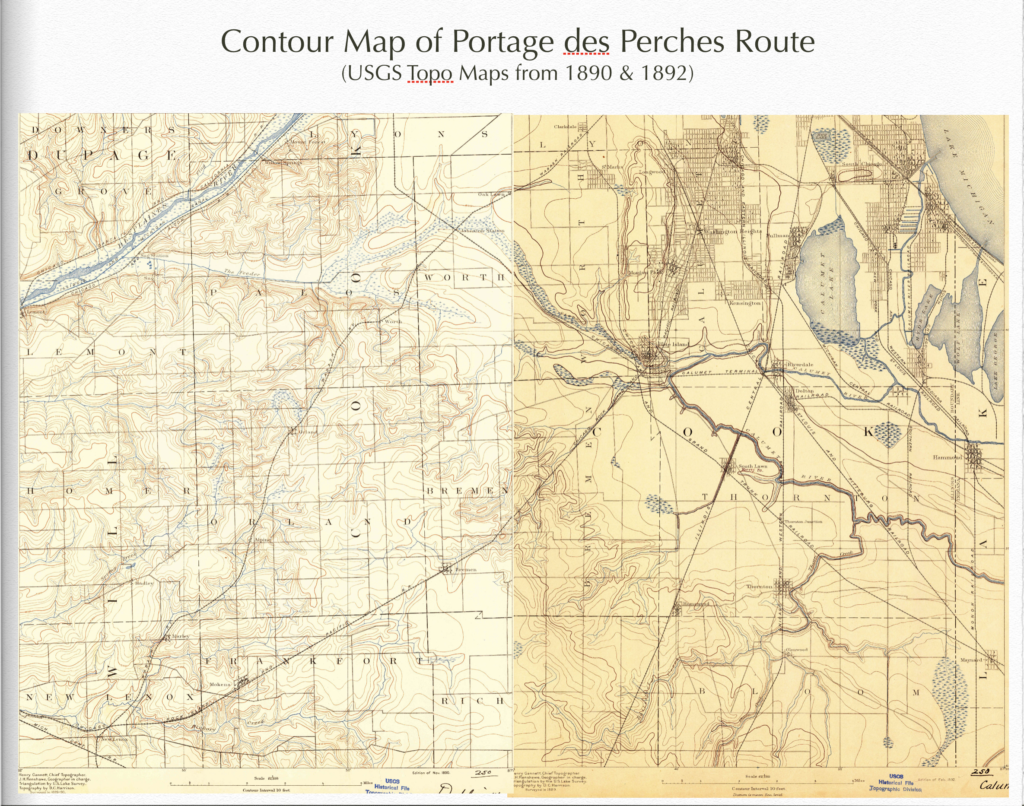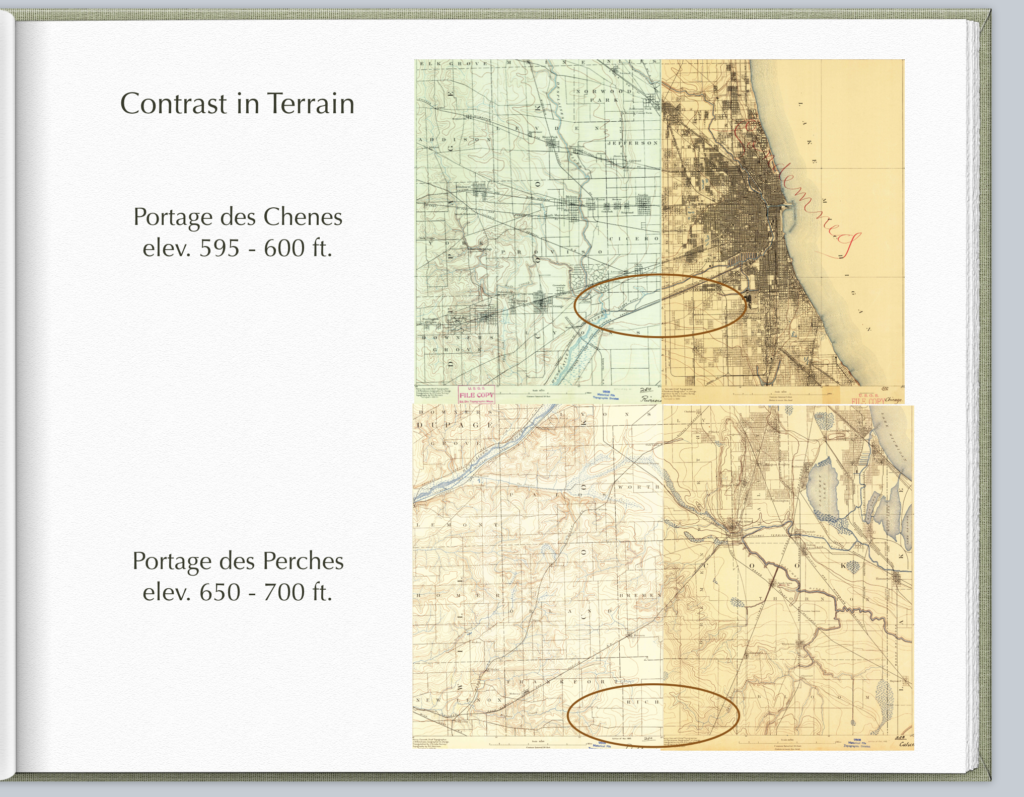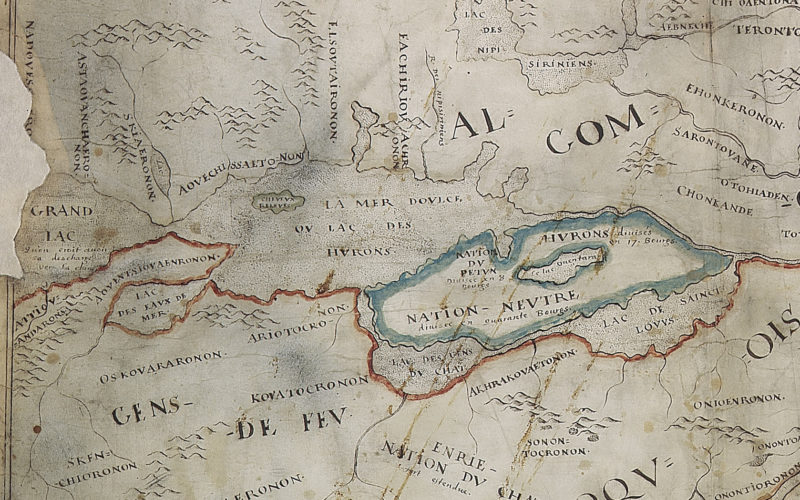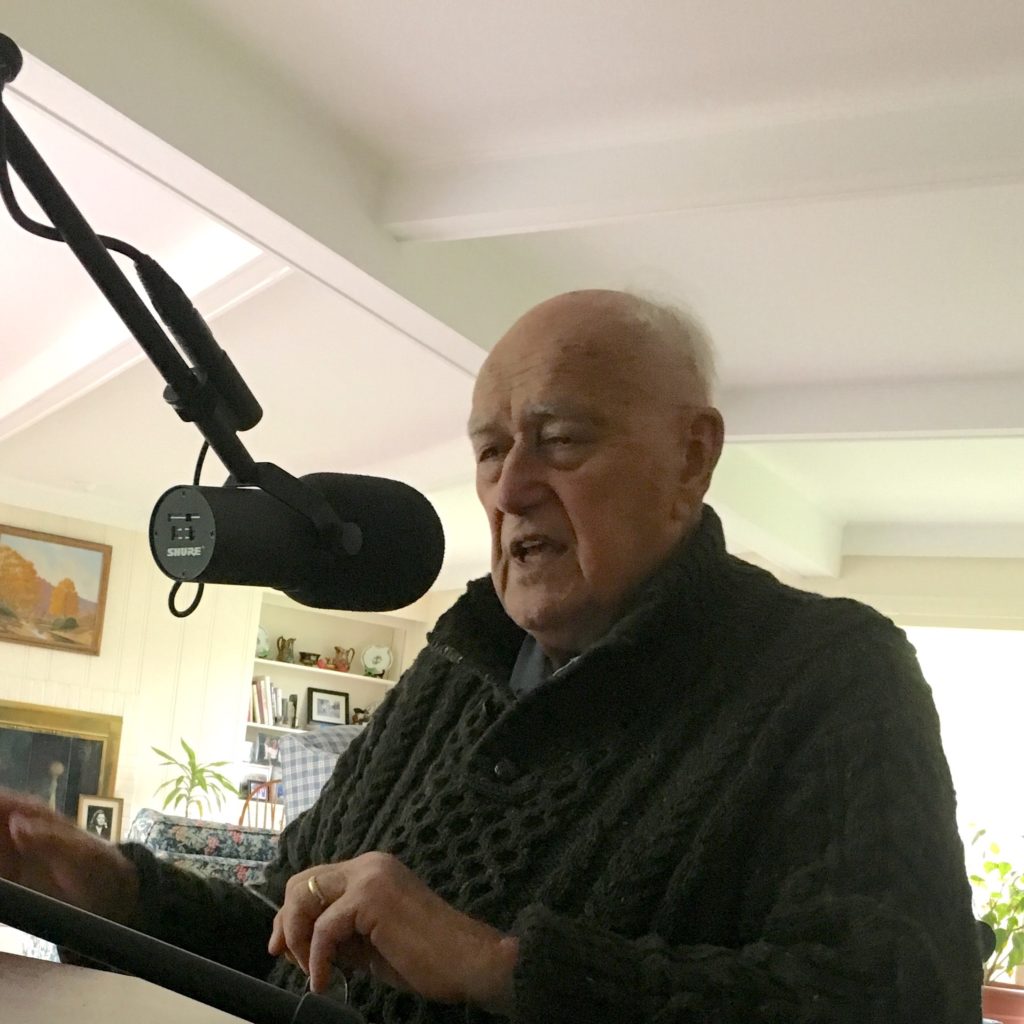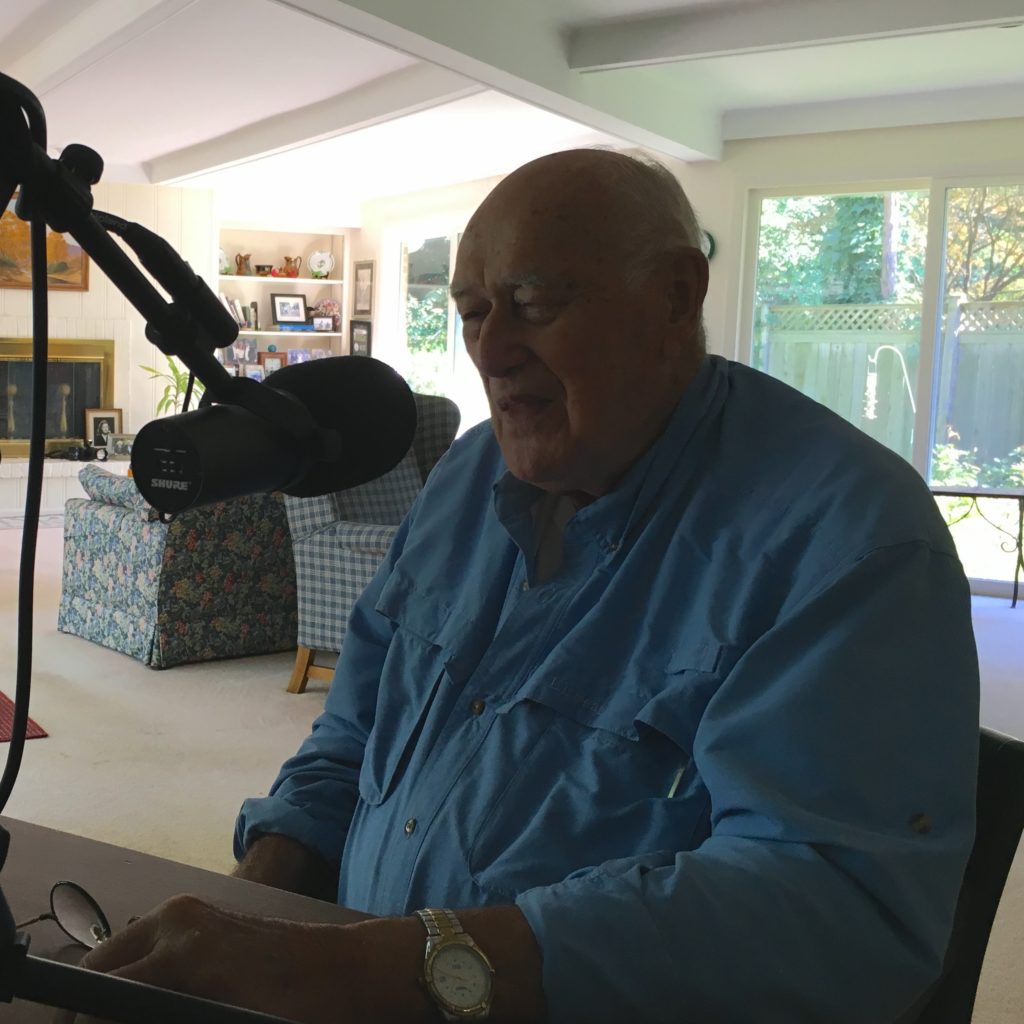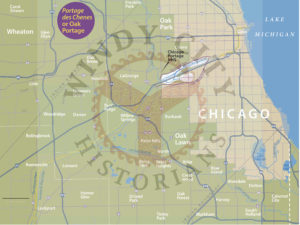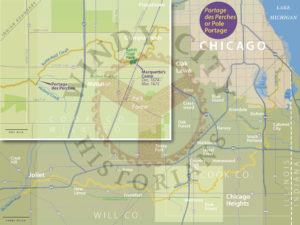Episode 6: Mississippi by Canoe
“Unquestionably the discovery of the Mississippi is a datable fact which considerably mellows and modifies the shiny newness of our country, and gives her a most respectable outside-aspect of rustiness and antiquity.” — Mark Twain, Life on the Mississippi
For the new country of the United States, the river that bisected it was old. This mighty river shaped the destiny of the towns and cities along its many miles of shoreline. Chicago was just a backwater to St. Louis, Missouri and Galena, Illinois before the railroads began to dominate transportation and Chicago’s rapid rise to prominence.
Our esteemed guest Paul Meincke took full measure of this river on an epic 70-day journey and joins the Windy City Historians in a special episode of our “Canoe Chronicles” to share some history and present reality of the “Mighty” Mississippi. In 2017, Paul, with friends Bill Baar, Tim Clark, and Tom Lobacz, started this adventure at the river’s headwaters in Minnesota and canoed some 2,320 miles to Gulf of Mexico. Captured in the documentary ”Mississippi by Canoe” on YouTube, Paul will tells of the trip’s challenges, triumphs, and insights and offers some behind the scenes in the making of the documentary. We hope you will enjoy this lively tale of paddling, politics, and history sprinkled with legends, mosquitoes, alligators, and how life is better when experienced by canoe, even 950,000 paddle strokes later.
Paul Meincke is “mostly” retired after 30-years of general assignment reporting for ABC7 Eyewitness News in Chicago, and ironically Paul’s celebrated 45-year broadcast career began on the banks of the Mississippi River in his hometown, Rock Island, Illinois. It was a real pleasure to met and talk with him.
Links to Research and History Documents
- Paul Meincke documentary “Mississippi by Canoe”
- Information and documentary on Ralph “Mr. Canoe” Frese former owner of the Chicagoland Canoe Base
- Army Corps of Engineers charts of the Upper Mississippi River Navigation Charts and Illinois Waterway Navigation Charts
- Vicksburg and the Civil War history
- Fort Defiance in Cairo, Illinois at the confluence of the Mississippi and Ohio Rivers
- New Madrid Earthquake of 1811
- Tow Boat sinking in on July 8, 2017 near Cairo, Illinois
- Atchafalaya River which splits off the Mississippi River to the Gulf of Mexico
- Philmont Scout Ranch from the Paul Meincke “Bear Story”

